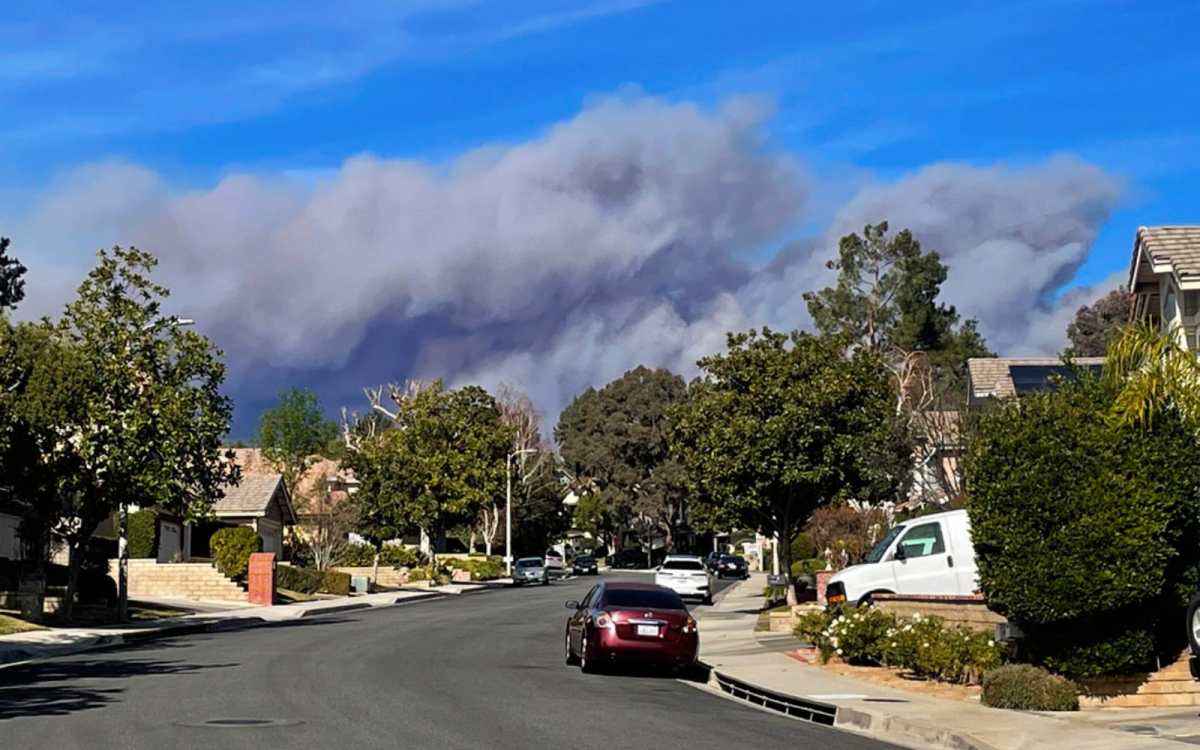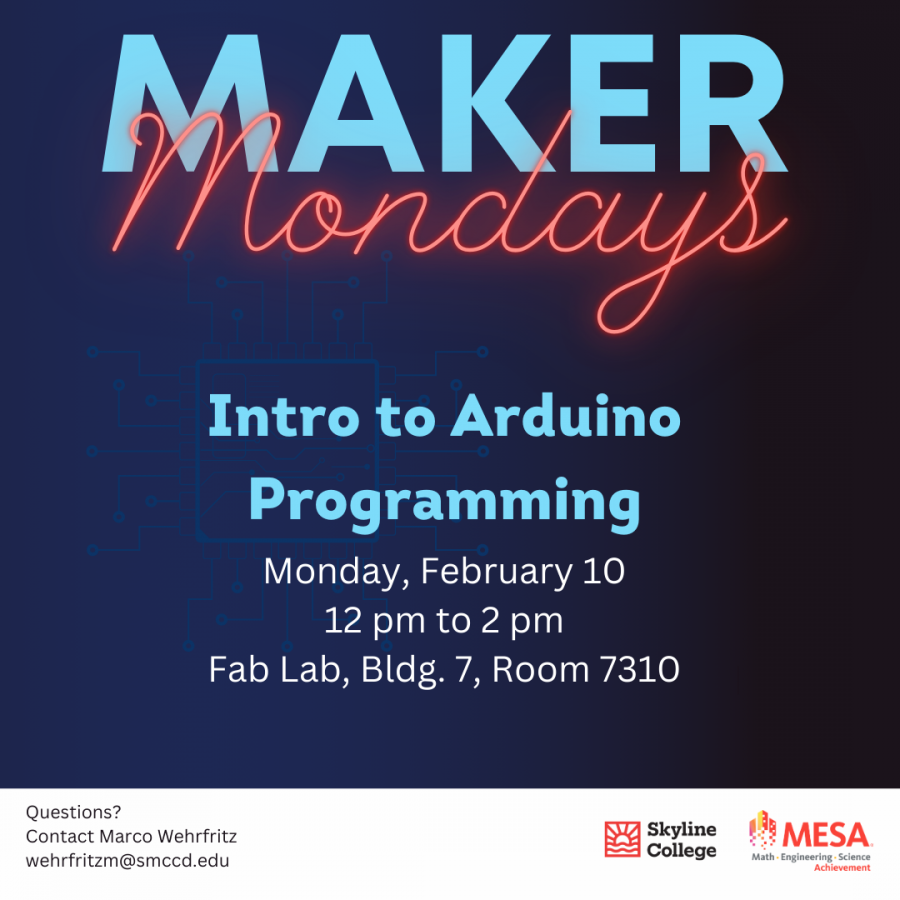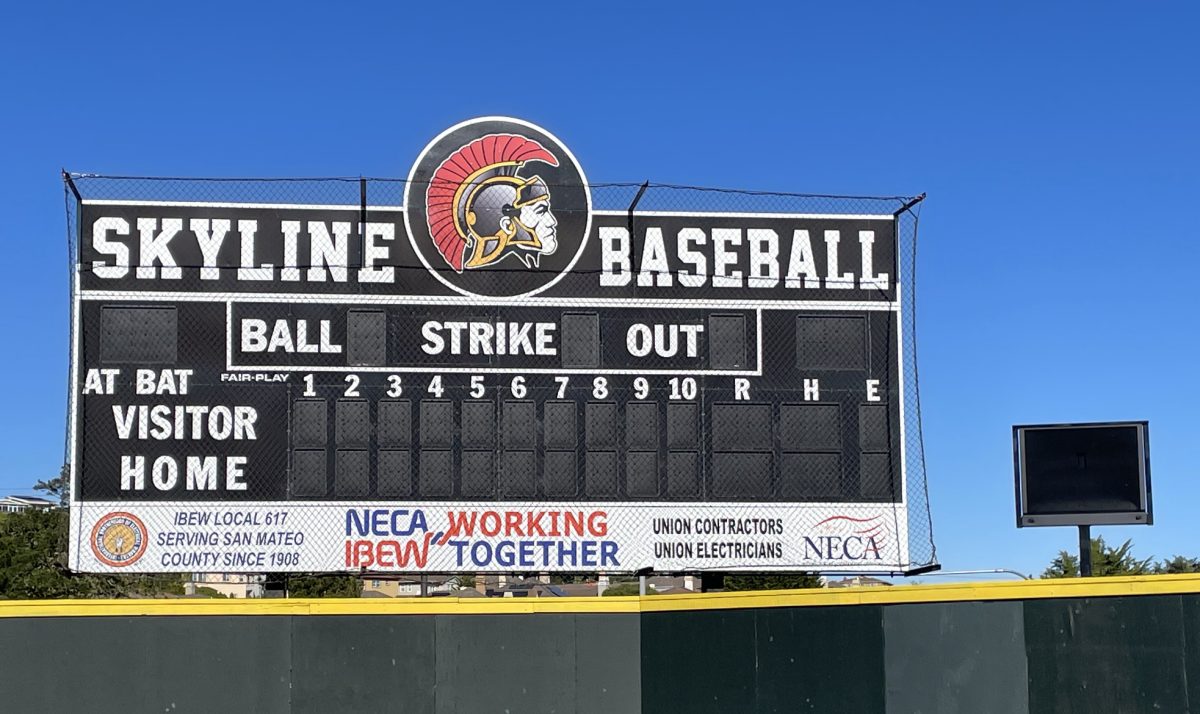While the termites that seem to be infesting Skyline have the potential to destroy the buildings, they are largely harmless.
The type of termite at Skyline are generally reproductive termites that can be destructive if lumber is piled up during times of construction.
Termites, however,will not instantly eat through the wood lying around. It’s a long process of digging out a new colony, laying eggs, and then having their new work force keep digging, break down wood, and feeding off of it.
While many students find themselves in fear of these insects, in actuality these termites do not pose a threat. The flying reproductive termites seen here are not equipped to bite, and present very little risk. These termites aren’t really dangerous to anything but dry wood.
“With the tanned bodies, these sound like Drywood Termites,” said Orkin Entomologist Greg Bauman. “Termites don’t live in soil, they don’t need much water and do not expand aggressively. They build colonies, but very slowly, and not overnight”
According to Bauman, it can take several years for Drywood Termites to make a colony.
After a long dry season, the first rain will herald in hundreds of termites coming out of the ground and flying off. These, however, are not the termites you see flying around campus. The ones flying around campus lately are the type that live entirely in wood. They have no need to dig colonies underground.
Despite being harmless to students physically, they can do serious damage to the new buildings. Termites prefer wood in nature over manufactured wood, but construction workers are generally very cautious about leaving wood lying about.
There are things that students can do to assure that a termite infestation does not also occur in their homes. Knocking on the walls around the house can reveal potential termite damage, as termite colonies will sound much more hollow than other places around the house. Also, one can look for the leavings of termites, which Bauman described as something akin to a chunky sawdust.
Overall, the school is in no danger and neither is the student body. Students are urged not to disrupt class the next time they encounter a flying termite. Not only will they not get hurt, but they will effectively be taking away from class time.
“The most important thing is to identify a pest,” said Bauman. “Once you’ve identified it, you can learn the biology of it.”








